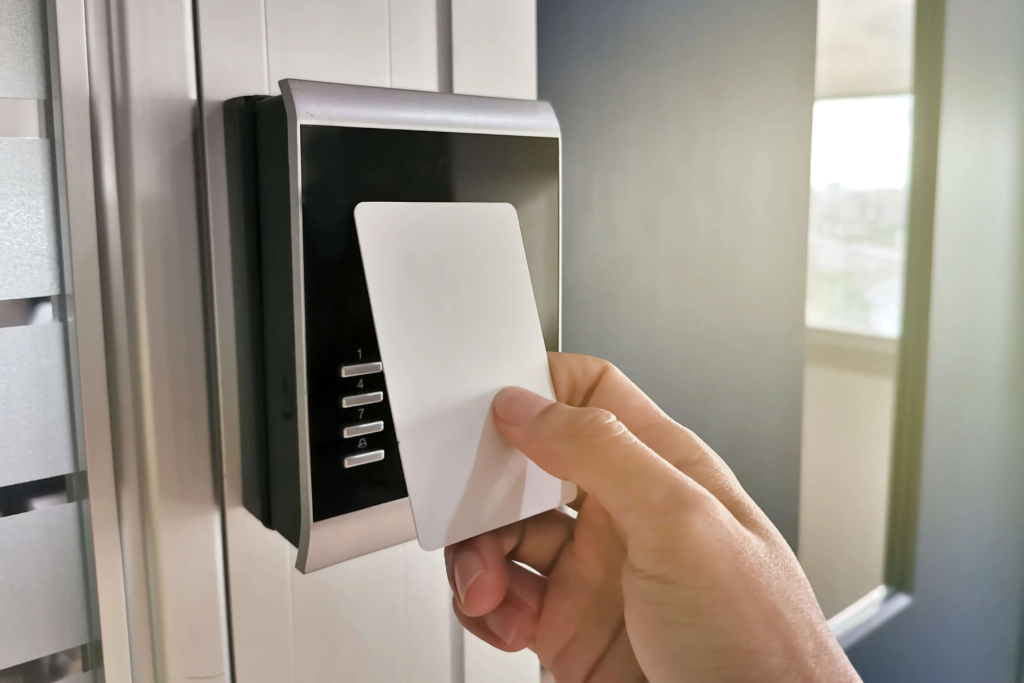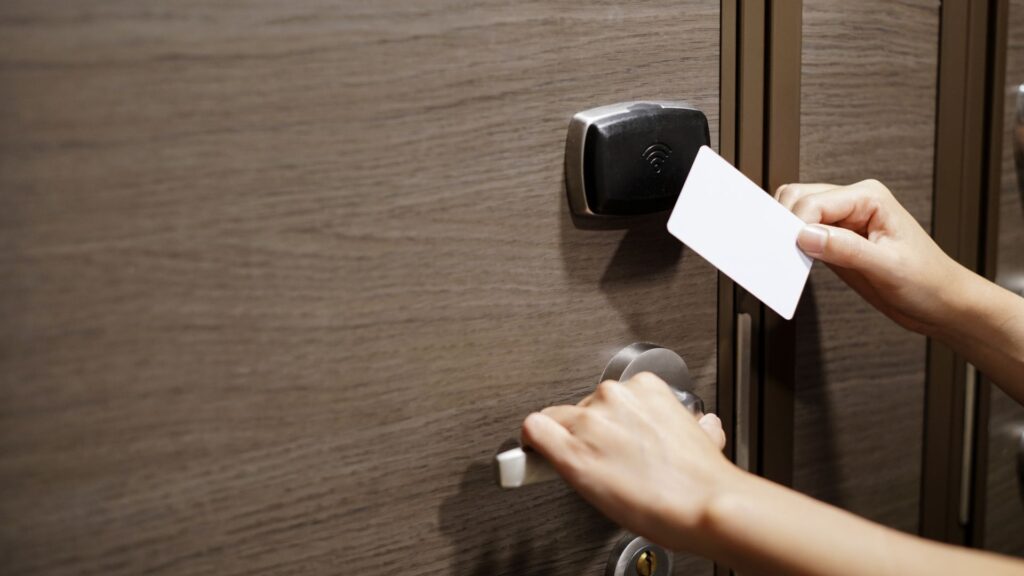
Why Proximity Card Are Still Widely Used in the Digital Era?
Proximity Card technology continues to play an essential role in secure access systems today. Despite the rise of smartphones and biometric tools, prox cards remain reliable, affordable, and convenient. Organisations worldwide still depend on them for everyday operations. Whether in offices, hospitals, or universities, proximity cards ensure consistent performance. Their longevity in the digital era demonstrates their ability to adapt and integrate with new technologies, rather than disappear. In many ways, their role underscores the enduring relevance of proven tools in evolving digital ecosystems.
Simplicity and Reliability
One key reason for the popularity of Proximity Cards is their simplicity. Users only need to wave the card near a reader to gain entry. Unlike complex digital systems, prox cards rarely fail in normal conditions. They are durable, require no batteries, and work instantly. This reliability is why many companies still issue proximity cards, access cards, or key cards. For workers in high-turnover environments, training is often minimal in industries where time and security are crucial; nothing beats the straightforward design of a proximity card.

Cost-Effective Security
Another factor is cost. Proximity Card systems are significantly more affordable compared to biometric or app-based solutions. Installing and maintaining readers is straightforward, which lowers expenses for businesses. Furthermore, replacing a lost prox card or key card is quick and inexpensive. By contrast, replacing advanced contactless card systems or smartphones can be costly and time-consuming. For organizations managing large employee groups, the cost advantage of proximity cards is hard to ignore. Their affordability makes them especially attractive in schools, government offices, and healthcare networks.
Ease of Integration
Modern access systems often mix old and new technologies. Proximity Card readers integrate smoothly with existing infrastructure. They work in conjunction with contactless card systems, mobile credentials, and biometric devices. This flexibility enables businesses to upgrade at their own pace without having to replace everything simultaneously. For example, an access card can complement a smartphone app to strengthen security. In many corporate settings, prox cards are paired with cloud-based monitoring systems. This hybrid approach makes proximity cards a vital part of modern access control strategies.

Durability and Longevity
Proximity Card products are built to last. Unlike smartphones, which need charging and constant updates, prox cards function for years with minimal upkeep. Their durability reduces maintenance costs and ensures continuity in high-traffic areas. For instance, a key card can withstand thousands of daily scans without losing accuracy. Even in challenging environments like factories or hospitals, proximity cards remain a dependable option. Their proven lifespan makes them a trusted tool in digital-era access control. In industries that require around-the-clock operations, reliability is non-negotiable.
User Convenience
Convenience is a significant advantage. Employees tap or wave a Proximity Card to enter secured zones. There are no PIN codes to memorize and no devices to unlock. Additionally, a prox card can serve multiple roles, including time tracking, visitor logging, or payment inside facilities. Similarly, an access card or contactless card can store different permissions for various doors or zones. This multi-functionality simplifies management for administrators and users alike. The convenience explains why proximity cards remain user-friendly and widely accepted across industries.

Security Flexibility
Security needs vary across industries, and Proximity Card solutions adapt well. Companies can easily program or deactivate cards when necessary. Lost or stolen cards can be replaced quickly, minimizing risks. Moreover, proximity cards can be used in conjunction with multi-factor authentication, such as PINs or biometrics. This layered approach makes prox cards, key cards, and contactless card systems versatile in protecting facilities. For sensitive areas like labs or data centers, prox cards remain a flexible yet dependable option. Their adaptability keeps them relevant in the digital security landscape.
Applications Across Industries
Proximity card systems are used across numerous industries. In healthcare, they protect patient data and regulate access to restricted areas. In education, key cards and contactless cards are used to manage access to dormitories and libraries. Proximity cards simplify access to secure terminals and maintenance areas for transportation employees. Even retail environments use access cards to secure storerooms and cash-handling areas. Each application demonstrates how proximity cards can adapt to unique challenges while providing standardized, reliable control. This wide range of use cases reinforces their role in the digital age.

Future Role of Proximity Card
Even as technology evolves, the Proximity Card will not disappear. Instead, it will complement newer solutions, such as mobile credentials or biometric verification. Many organizations prefer a hybrid system that strikes a balance between cost, convenience, and security. In this setup, a prox card, access card, or contactless card remains essential for daily use.


